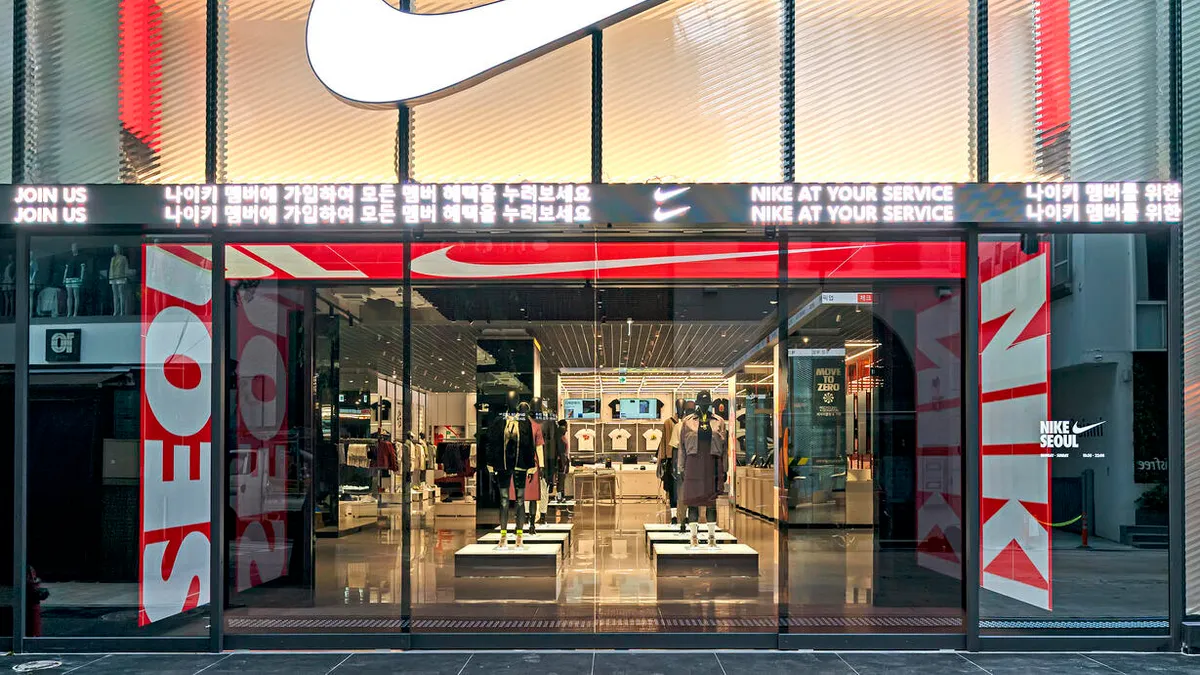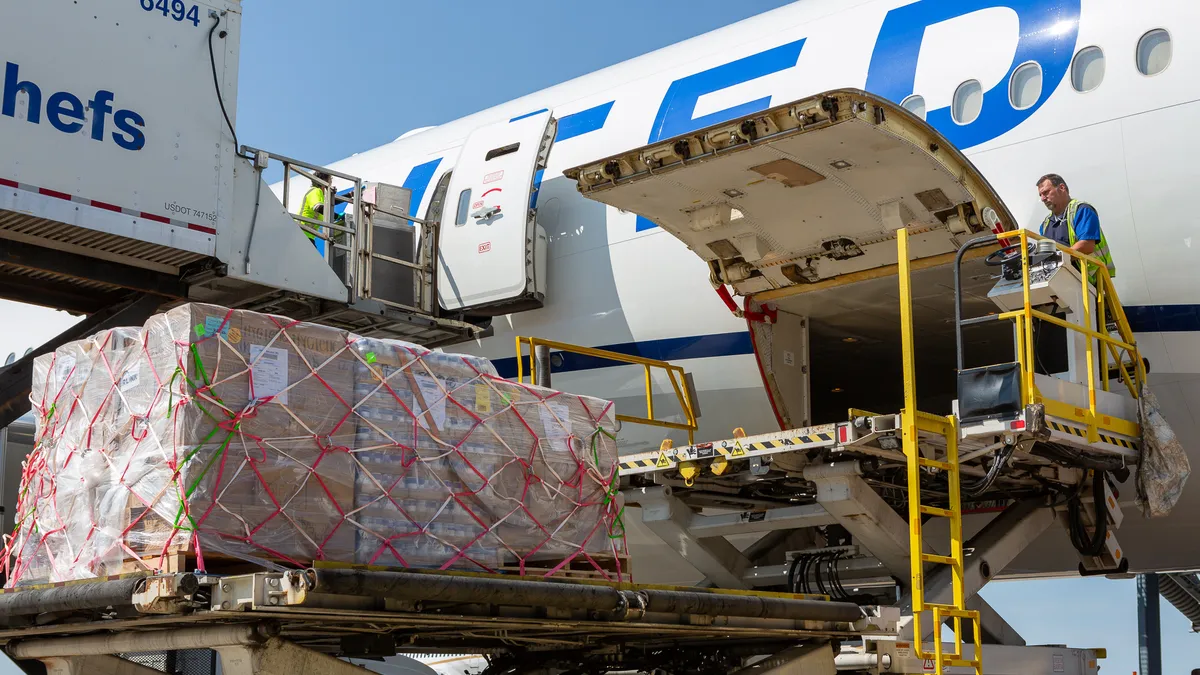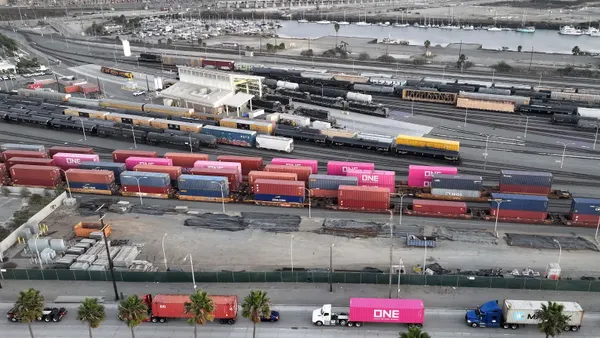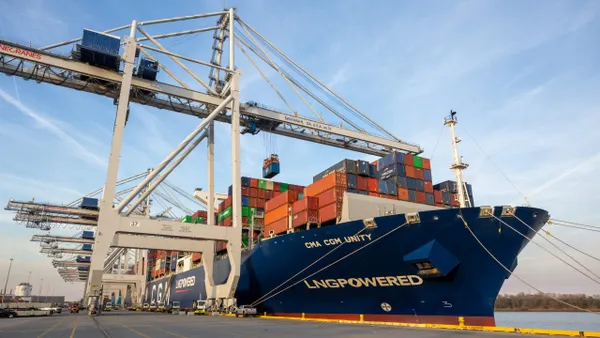Dive Brief:
- Nike's inventory increased 12% YoY as already lengthy transit times worsened and prevented the company from satisfying high consumer demand, CFO Matt Friend said on the company's Q1 earnings call. It now takes Nike 80 days to move product from Asia to North America, compared to 40 days pre-pandemic, he said.
- Mandated COVID-19 lockdowns in Vietnam and Indonesia will cause further inventory availability issues, Friend said. Ten weeks of production at footwear and apparel factories have already been lost in Vietnam since mid-July, and it will take several months to return to full output, he said. Production in Indonesia is now operational and "ramping back up to capacity."
- For Nike, the factory shutdowns "created a gap to the flow of inventory, originally ordered for delivery beginning in mid-October," Friend said. Nike expects inventory shortages will persist for the next few quarters, according to Friend, with regions in Asia with less in-transit inventory in the pipeline being hit hardest by the shutdowns.
Dive Insight:
As peak season gets closer, retailers like Nike are searching for suppliers outside of Vietnam and finding ways to bypass transportation delays to ensure products reach their destinations in time.
Nike is putting its previous experience with COVID-related factory shutdowns to good use, factoring in how long it will take affected facilities to return to full production and adjusting its operations as such. Friend said the company is maximizing its footwear production capacity in other countries and shifting apparel production to countries like Indonesia and China.
The next challenge is adjusting to lengthy transit times. In ocean freight, congestion has returned "to peak severity" along the Asia-to-North America lane, Flexport said in a Sept. 21 market update.
"Shippers and importers continue to pay all-time high premium prices in order to get urgent cargo moving in time for the holiday season. Labor strains, blank sailings, and COVID-19 related disruptions to supply are expected to continue to place additional pressure on capacity in coming months," Flexport said.
For Nike, new strategies are also in place beyond the factory line. The company is using air transportation when needed, Friend said, a popular move given ocean shipping's challenges.
"And then, we're continuing to employ a seasonless approach to product to serve incredibly strong consumer demand, given our success that we've had selling at full price, even if the product reaches the market later than we expected," Friend said.














